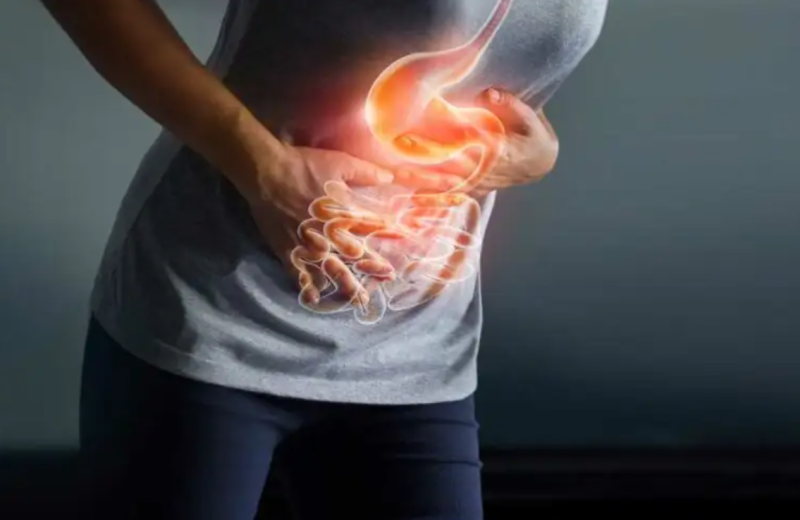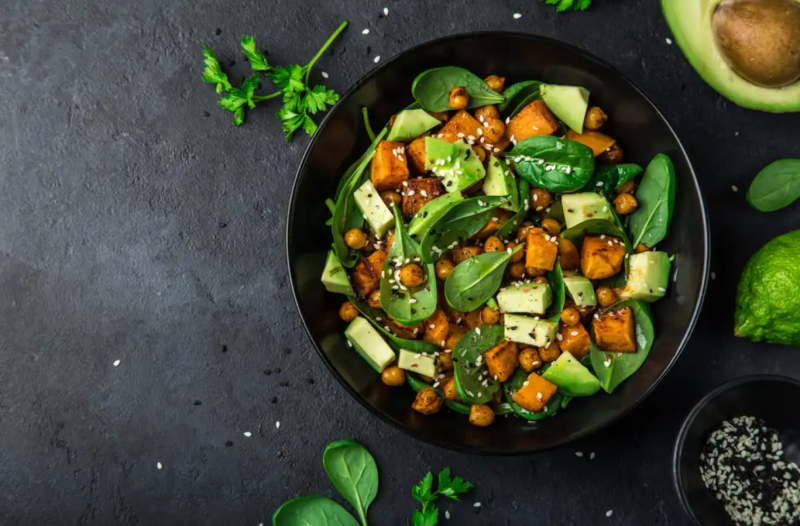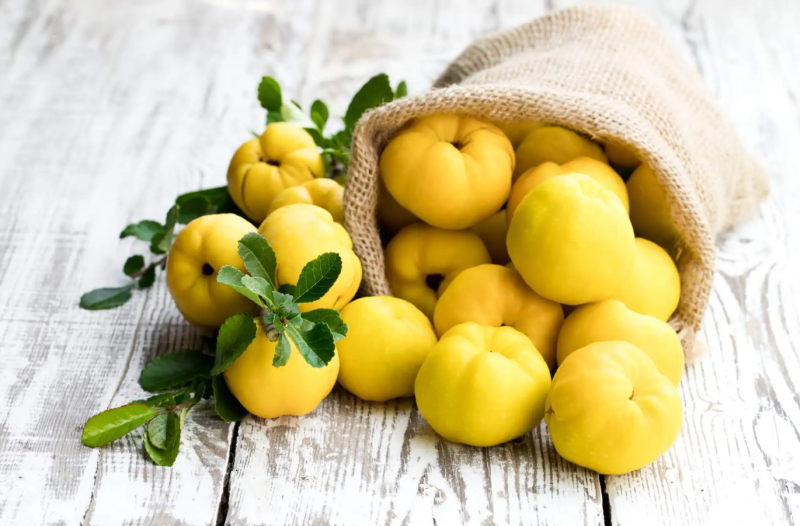
The diet for gastritis is a handy tool for all those who suffer from this problem, occasionally or chronically.
The introduction of specific food cooking techniques and following the indicated guidelines; are necessary adjuncts to medical therapy.
Thanks to these, some of the usual discomforts can be significantly reduced or improved. Learn more below and discover some ideas for a complete menu.
Contents
What is gastritis, and what are its causes?
Gastritis is a medical condition in which the inner wall of the stomach (or mucosa) is inflamed. This can be acute or lengthen over time (chronic).
It does not always trigger the presence of symptoms; it all depends on its severity. On other occasions, they can cause dyspepsia or indigestion and manifest with the following signs:
- Pain or throbbing discomfort in the upper abdomen.
- Nausea and vomiting.
- The feeling of satiety during and after meals.
- loss of appetite
The possible causes of gastritis are varied, depending on the different types that exist:
- Helicobacter pylori infection. This is usually one of the most common types of gastritis of infectious origin.
- It is continued taking certain non-steroidal anti-inflammatory drugs (NSAIDs) such as aspirin or ibuprofen.
- Consumption of alcohol, tobacco, or drugs.
- Autoimmune disorder. In this situation, it is the defensive system itself that attacks the cells of the gastric lining. It tends to be more common in people with other immune-related disorders, such as type 1 diabetes or Hashimoto’s disease. In addition, it could also be associated with a vitamin B12 deficiency.
- High stress and anxiety. These two situations can increase gastric acid secretion and damage the stomach’s mucosal wall.
Acute gastritis originates in significant health problems that reduce blood supply to the stomach and weaken its walls: accidents, critical illnesses, severe burns, etc.
Mild indigestion can improve in a few days at home. But if these gastritis symptoms last more than a few days or a week, it is necessary to consult a doctor.
It is also urgent to do it if blood appears in the vomit or stool; it is challenging to keep food down, and severe pain, dizziness, or lightheadedness occurs.
Role of Diet in gastritis
The treatment of this disease is highly variable, depending on the cause and the severity of the situation. The influence of diet has not been extensively studied, although it is thought that it may be a good support for pharmacological therapy.
 Therefore, its role is not curative, although it can help reduce symptoms such as burning, pain, abdominal distension, or nausea.
Therefore, its role is not curative, although it can help reduce symptoms such as burning, pain, abdominal distension, or nausea.
The diet for gastritis consists of a nutritious and healthy diet in which those easily digestible foods that do not irritate the stomach mucosa are increased.
General dietary guidelines for gastritis
When preparing menus for people with gastritis, the following dietary advice should be taken into account:
- Make little abundant meals to facilitate the work of the stomach. Therefore, these can be divided into smaller amounts between 4 and 6 times throughout the day.
- Eat slowly and chew food well in a relaxed environment (without doing other activities).
- Cooking should be soft, whether steamed, boiled, pureed, soups, or creams. Avoid excessive sautéing, grilling, toasting, or very dry or burnt foods, as this irritates them.
- Do not take food or drinks that are too hot or cold.
- Reduce spicy, acidic seasonings and fatty sauces (based on cream and cheese).
- Allow at least 2-3 hours between eating and going to bed. Placing extra pillows and sleeping half-reclined can help reduce burning.
- Avoid alcohol, tobacco, and stimulating drinks such as coffee, tea, cola, or soft drinks.
Recommended foods in the diet for gastritis
Once the guidelines and general characteristics of a diet for gastritis have been determined, it is convenient to know which foods are the most recommended and which are preferable to avoid.
The advice may vary from person to person, as some foods may or may not work depending on each situation. In any case, once the symptoms disappear, it is advisable to re-introduce anything less recommended in moderation.
Vegetables and vegetables
Carrots, zucchini, squash, chard, and other vegetables seem to be better tolerated. Generally, eating them cooked and avoiding raw vegetables in large quantities is preferable.
Many affected people have problems digesting the most flatulent vegetables, such as cauliflower, broccoli, artichokes, or cabbage. Tomato is also preferable to avoid since it is an acidic food.
Fruit
About fruits, the recommendation is the same as with vegetables. It is advisable to avoid the most acidic and those that are not ripe. They can also be cooked in puree or compote.
Dairy
A dairy is a suitable option when suffering from gastritis. In this case, it is best to choose those that contain moderate or low fat.
On the other hand, cream, ice cream, cured cheese, and butter can be more challenging to digest, and therefore, it is preferable to use them very sparingly.
Some studies show a positive effect of probiotics in improving gastric ulcers. For this reason, yogurt and kefir are positive foods in people whose gastritis has triggered a stomach ulcer.
Whole grains and legumes
One of the dietary elements that can help is high-fiber diets. For this, it is preferable to choose whole grains and derivatives (bread, pasta, flakes, etc.) instead of refined ones.
Legumes, on the other hand, can be more challenging to digest. A good option is to present them crushed or in the form of a puree.
protein source
The most appropriate are those low in fat, such as white meat and fish, tofu, eggs, and legumes (crushed if necessary). Instead, it is preferable to avoid red meat and sausages.
fats
A diet for gastritis must also have a percentage of lipids, although it may be somewhat lower or without excess.
Olive oil is one of the best options for dressing and cooking. In addition, nuts in small amounts and well-chewed foods can also be introduced.
Others
As we have already mentioned, carbonated drinks and stimulants are not recommended. Neither do coffee, tea, alcohol, and sugary soft drinks. Generally, the best hydrate drink is water, and in this medical situation, too.
In the same way, it is necessary to avoid all those products that, due to their characteristics or composition, can be irritating or slow to digest :
- Spicy foods and seasonings.
- Pickles and pickles.
- Pastries, cookies, chocolate.
- Ready meals, packet soups, bouillon cubes, commercial sauces, etc.

Remember that this diet could help you reduce the discomfort of gastritis, but it is not curative.
for breakfasts
- Semi-skimmed milk or yogurt, vegetable drinks.
- White or whole wheat bread with olive oil, fresh cheese, turkey, a little avocado, hummus, or a spoonful of dried fruit cream.
- Oat flakes with banana or other ripe fruit.
- Fresh cheese with cooked or compote apple.
For half mornings and snacks
All the suitable options can be eaten in the morning. If digestive discomfort is significant, this is an excellent time for a timely infusion.
For lunch and dinner
There are different options suitable for an adequate menu prepared following the guidelines mentioned:
- Zucchini cream, omelet with wholemeal bread, yogurt.
- Roasted pumpkin, steamed hake with boiled potato, ripe plantain.
- Lentil and carrot cream, sautéed brown rice with mushrooms, apple compote.
- Menestra (beans, carrot, potato, and cauliflower according to tolerance), baked chicken with thyme, and ripe fruit.
- Sautéed pasta with cooked vegetables, grilled tofu, and roasted pear with hazelnut cream.
- Vegetable soup with noodles, cod with roasted pepper, and kefir.
Accompany the treatment with this diet for gastritis
Appropriate dietary guidelines can help improve many of the symptoms of this disease. In addition, they also promote good digestion and avoid worsening stomach irritation.
These must be adapted to each person’s tolerance and evolve over the weeks. It is not advisable to limit the diet more than necessary so that it can be, within the restrictions, complete and varied.
However, these are never a substitute for the treatment indicated by the doctor. When in doubt, seeking advice from a nutrition professional is preferable.